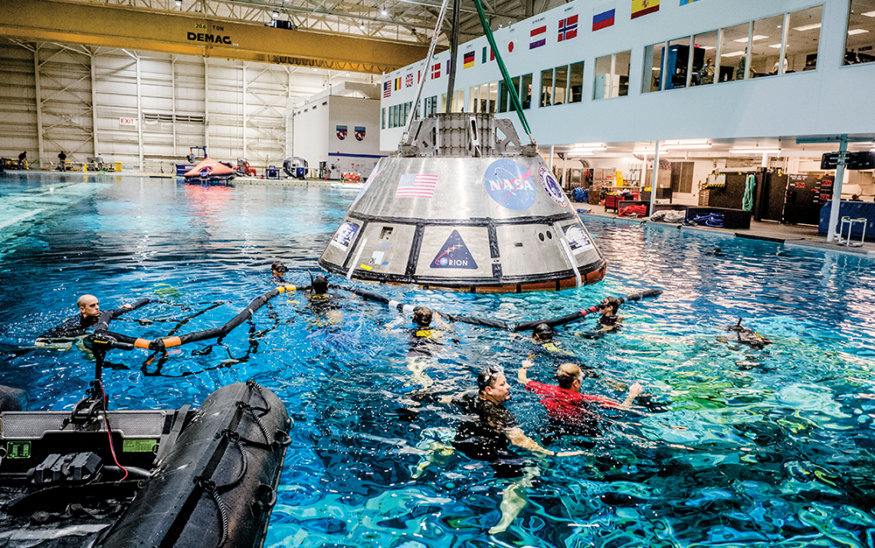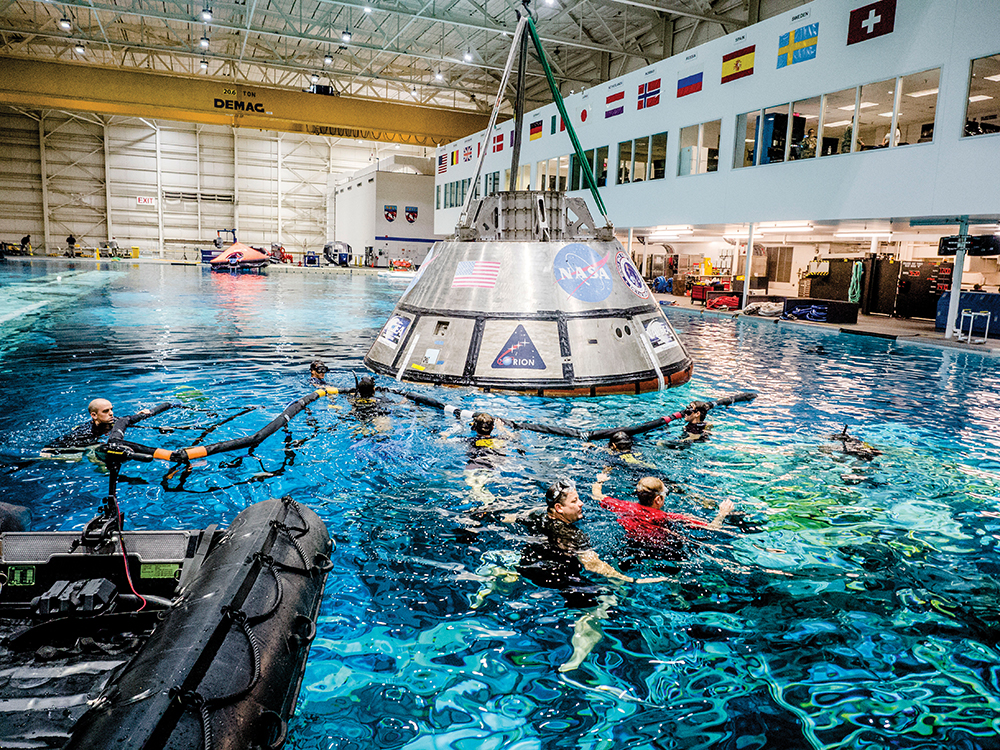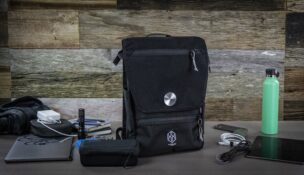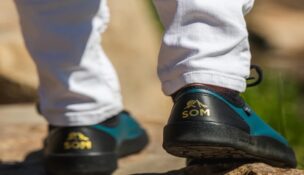Made in Colorado 2017: Colorado roots extend to Mars, thanks to Lockheed Martin
NASA's multi-billion-dollar Orion project emerges from Lockheed's Littleton base
Eric Peterson //March 6, 2017//


Made in Colorado 2017: Colorado roots extend to Mars, thanks to Lockheed Martin
NASA's multi-billion-dollar Orion project emerges from Lockheed's Littleton base
Eric Peterson //March 6, 2017//

Product: Orion spacecraft | Made in: Littleton | www.lockheedmartin.com
When humans walk on Mars, the craft they take there might just have roots in Colorado: Lockheed Martin is the prime contractor on NASA's multi-billion-dollar Orion project, and the aerospace giant's Waterton Canyon campus is its nerve center.
"Orion is the only vehicle designed for deep space," says Rob Chambers, systems engineer on the project for Lockheed Martin. "What that means is anything in the vicinity of the moon and beyond."
Chambers likens the four-passenger spacecraft to "the bridge of the Starship Enterprise." Lockheed Martin is also one of six companies developing prototype habitat modules that would accommodate more crew members, as well as food, water and other necessities, then provide a place to stay on the destination planet or moon.
In Littleton, Lockheed Martin employees are designing and engineering the craft, programming the software, making electronic components and fabricating the all-important heat shield. "That's a big deal," says Chambers. "It keeps you safe when you're coming in through the atmosphere at Mach 28."
But a project like Orion requires a vast manufacturing network. Of nearly 1,000 subcontractors, more than 100 are in Colorado, including Broomfield-based Ball Aerospace, Centennial's SEAKR Engineering and Red Canyon Software in Denver. "It's all about efficiencies and costs," says Chambers. "We're committed to using the right people for the job."
Orion has seen two test flights, the most recent being an unmanned mission in 2014 that went into an orbit 15 times farther from Earth than the International Space Station. After a three-week unmanned test mission in 2018 (and the first with NASA's new Space Launch System rocket) that will spend six days orbiting the moon, NASA officials are targeting 2021 for the first crewed flight.
From there, the moon could be a mission target that acts as "a stepping stone for Mars," says Chambers. To that end, Lockheed Martin is now staffing up to develop the habitats for the "1,000-day journey” to the Red Planet and back.
But it doesn't end there. If all goes to plan, Lockheed Martin will work up a higher-volume manufacturing strategy. "How do we transition from a big development project to building Orions over and over again like an assembly line?" asks Chambers. "We're entering a production mindset."

























